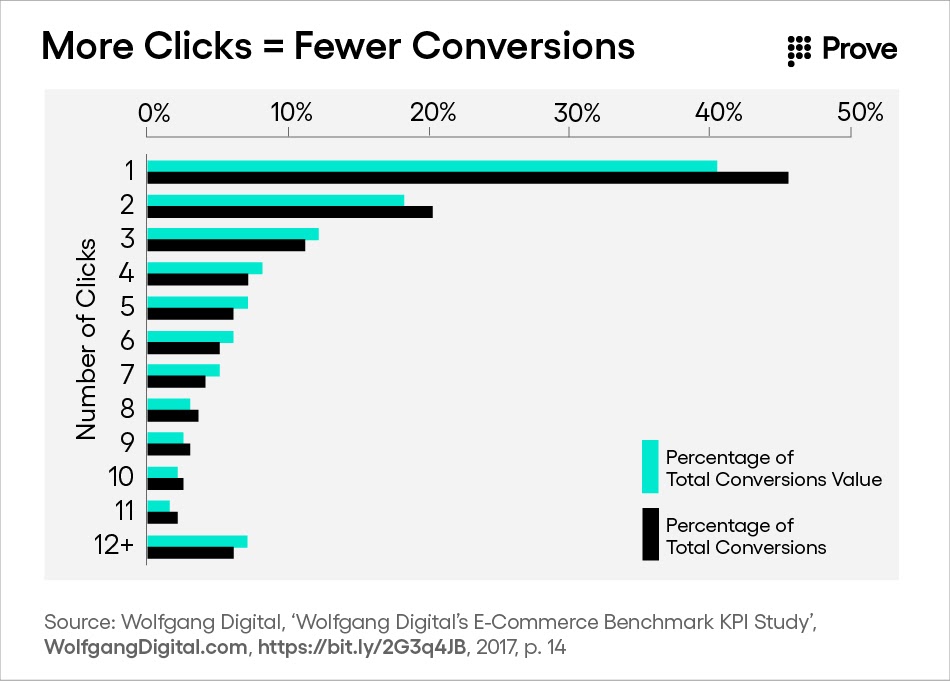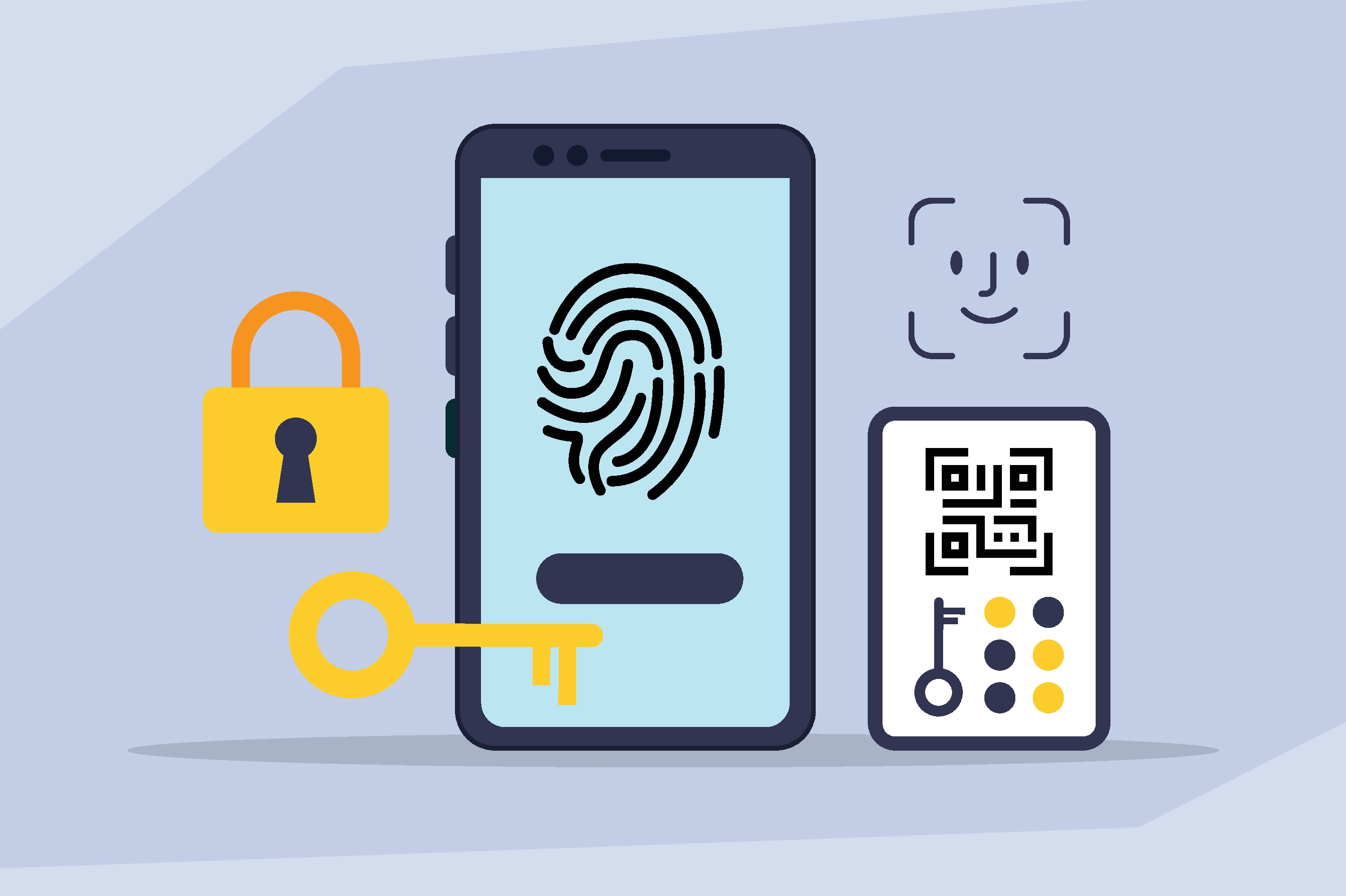How FinTechs Can Reduce Their Customer Acquisition Costs


Building a long-term FinTech business takes time and effort. The most critical parameter that determines any startup’s success is the number of customers it acquires and retains. But let’s face it, bringing new customers is no easy task.
FinTechs tend to spend much time, effort, and energy in drawing customers towards their platforms and applications only to realize that their efforts have been futile. Furthermore, due to the increase in competition, it has become even more challenging to attract and then onboard customers. With all the money spent, tracking customer acquisition costs has become one of the key metrics that every FinTech now has its eyes on.
Seamless Customer Experience Results in Lower Customer Acquisition Cost
FinTechs focus on marketing a lot both in terms of effort and costs involved. However, customers look for a product/service that fits their needs while also providing them with convenience, minimum interaction, and quick resolution through digital mediums. And things tend to take a turn for the worse when the customer goes through the final application process/onboarding process; this is where most startups fail to convert. To put things into perspective, the abandonment rate across all digital industries was as high as 79.17% in 2018.
For any business, losing a potential customer is one of the greatest threats to revenue. In the digital-first world, startups from multiple industries such as e-commerce, financial, healthcare, and insurance are getting impacted due to customer impatience with application experiences. The more the customers need to interact during the checkout, onboarding, or application process, the lesser the conversion ratio. As a result, startups’ customer acquisition costs are being driven higher with more money spent on marketing. According to a study by Wolfgang Digital, customers who had to do only one click on any platform had a conversion probability of 40%; as the number of clicks increased, the probability of converting potential customers decreased.

The above chart signifies the importance of having a seamless experience with a number of interactions. Ideally, the best practice would be to reduce the data fields in the forms that customers are required to fill and only collect necessary information during the onboarding process. But this approach is not suitable in real-world scenarios where there are threats and chances of fraud everywhere. In the real world, startups need to gather information on their customers for security reasons such as fraudulent account openings and onboarding spams, which, if ignored, would result in a bad reputation, making it even more challenging to attract customers in the long run.
Bridging the Gap Between Customer Experience and Security
What is required to address this catch-22 situation is a technique which ensures that startups gather the required data without hampering the overall customer experience, hence lowering their customer acquisition costs. The good news is that Prove Pre-fill™ removes the customer burden of application data entry by populating applications with verified data and delivering authenticated digital identities to quicken the process, thereby offering a better customer experience.
Prove Pre-fill™ also mitigates identity fraud and reduces costly manual reviews that impact the customer acquisition cost. For mobile applications, startups can leverage phone numbers to modernize the account creation process by mitigating the keystrokes and clicks that impact conversion. Pre-filled identities through Prove’s Pre-fill™ technology can be sourced and verified using Phone-Centric Identity information linked with other data sources strong enough to meet KYC requirements for financial institutions and regulatory requirements within different industries.
From the customer’s perspective, identity pre-fill technology is becoming a common practice and is evolving into an expectation. Using Prove Pre-fill™, consumers can go through their application in a simple, secure, fast, and seamless manner. Prove Pre-fill™ also has an additional benefit—it showcases the effort put in by the startups for customers right at the start of their relationship, which creates a positive first impression.
To understand why Prove Pre-fill™ is resulting in 80% fewer keystrokes and 15% more completed signups for many companies, click here.
Book a Prove Pre-fill™ Demo

Keep reading
 Read the article: Beyond the OTP: Why SMS-Based 2FA Is Failing and What Comes Next
Read the article: Beyond the OTP: Why SMS-Based 2FA Is Failing and What Comes NextExplore the classic conflict between security measures and user friction.
 Read the article: Anatomy of an Account Takeover Attack: Analysis and Response Plan
Read the article: Anatomy of an Account Takeover Attack: Analysis and Response PlanLearn practical strategies for handling identity verification API errors or no-match responses. Explore fallback methods and clear communication tactics to ensure a smooth, user-friendly experience.
 Read the article: Prove Global Fraud Policy℠: A New, Adaptive Standard for Digital Identity
Read the article: Prove Global Fraud Policy℠: A New, Adaptive Standard for Digital IdentityIntroducing the Global Fraud Policy (GFP), Prove’s new unified, adaptive fraud-defense engine that replaces fragmented, custom rules with a single, comprehensive policy that automatically updates as new threats emerge. This forward-looking framework helps businesses anticipate and respond to evolving threats like GenAI deepfakes, synthetic identities, and eSIM bots, protecting customers at scale.












